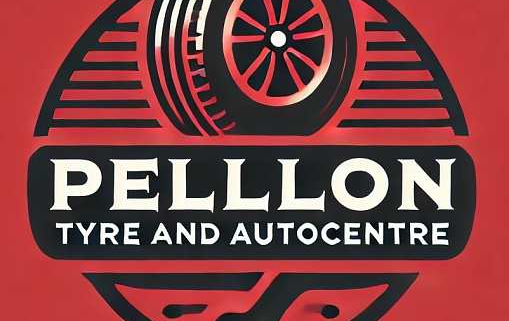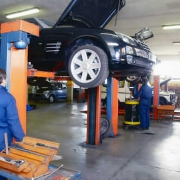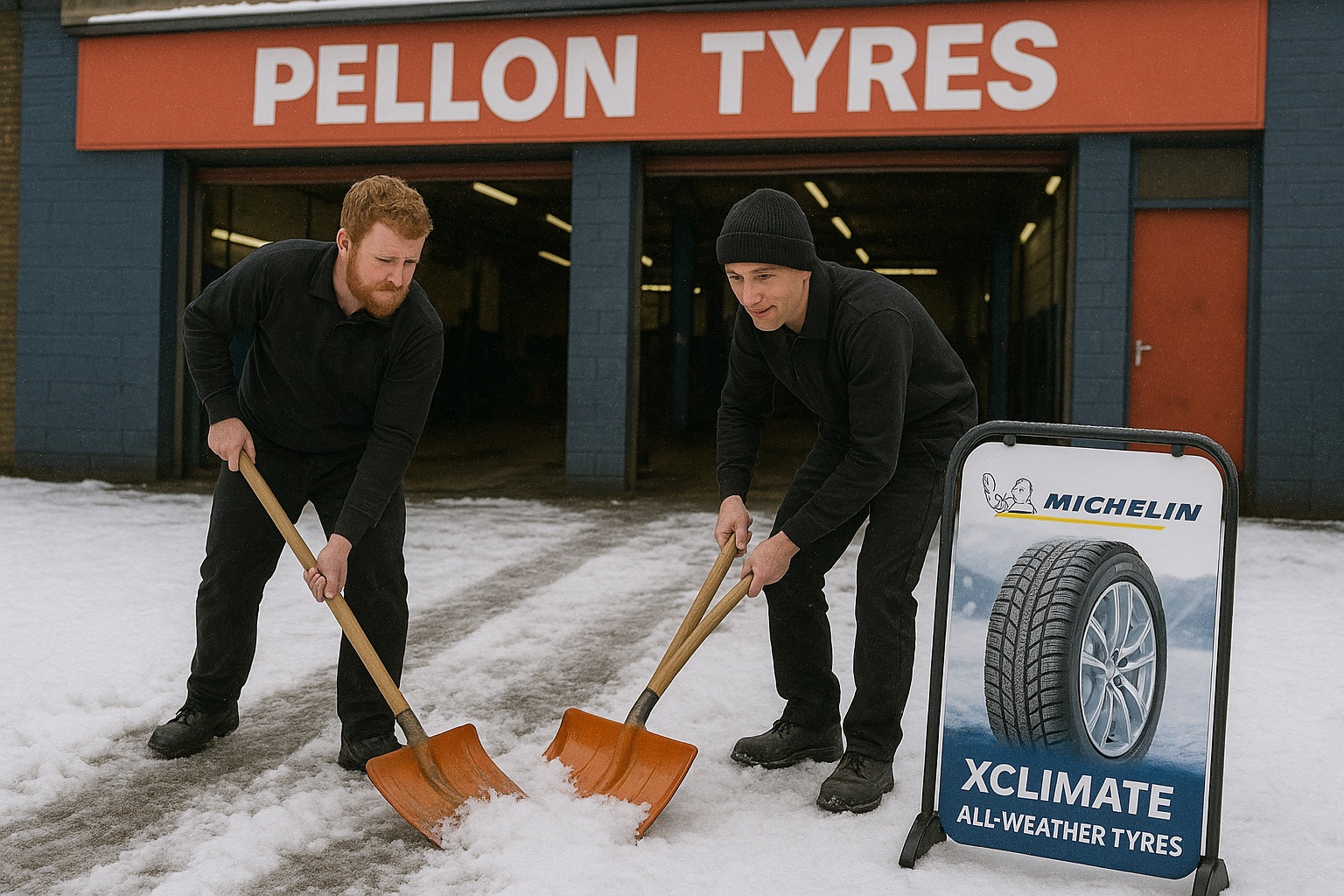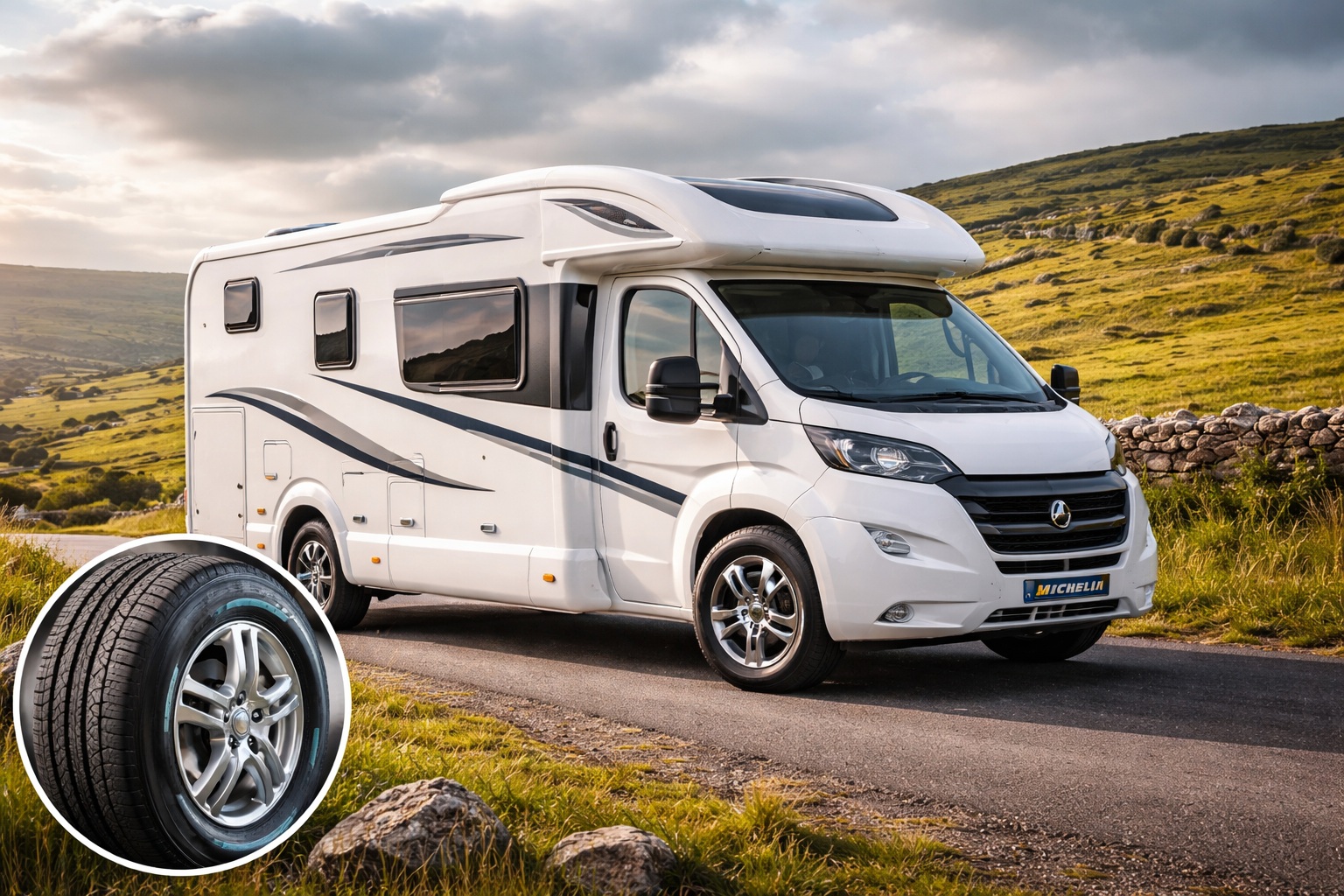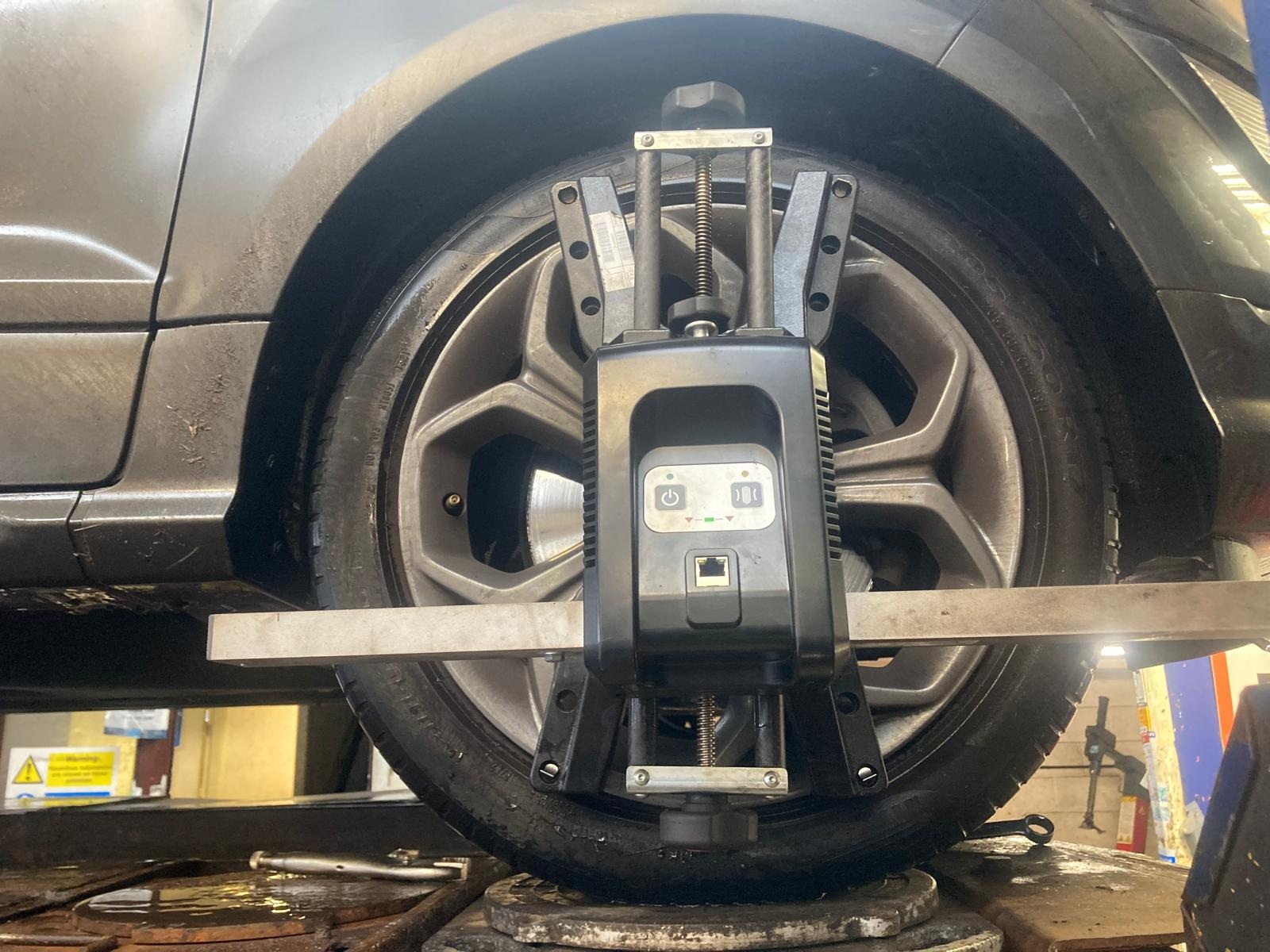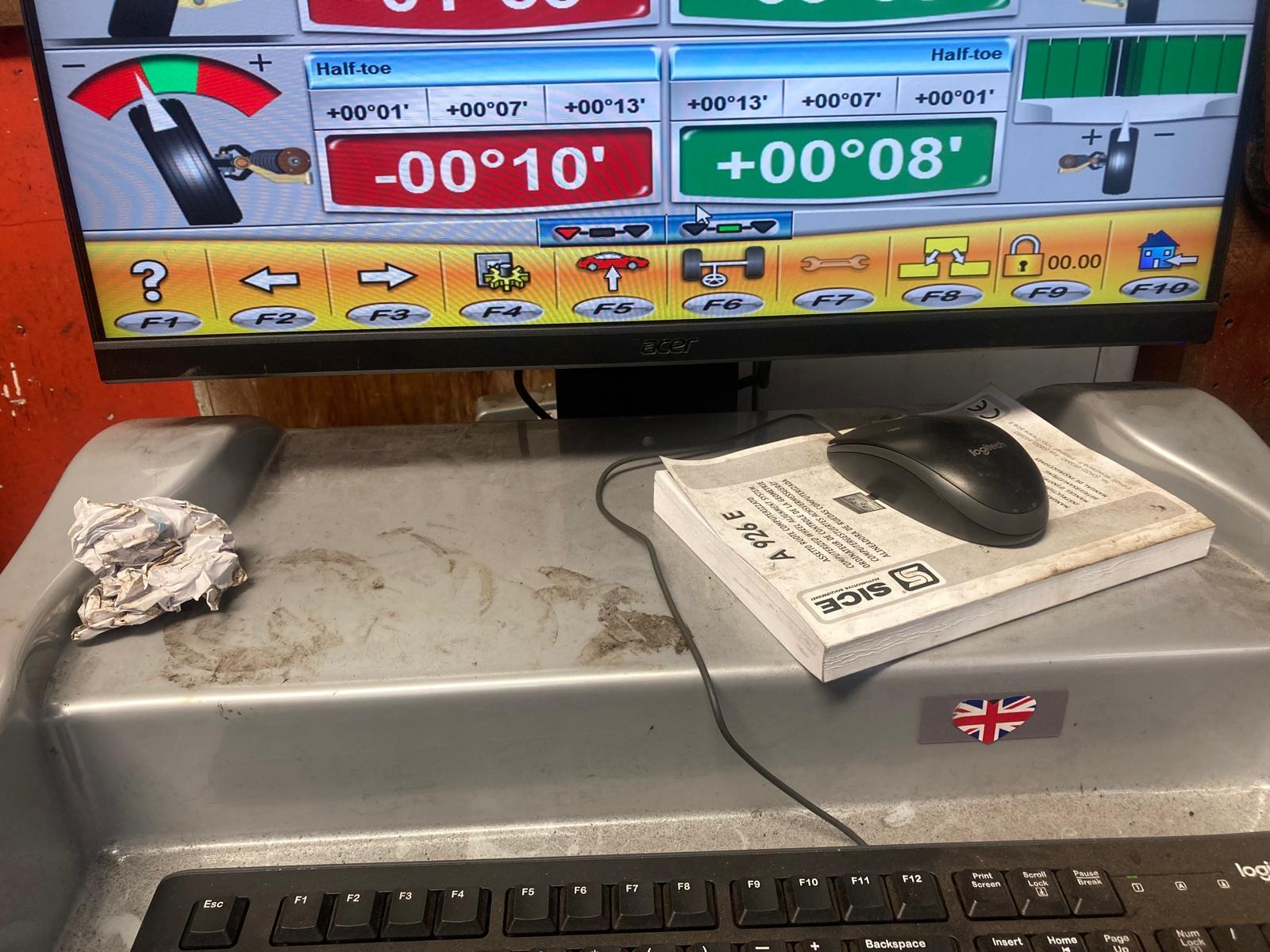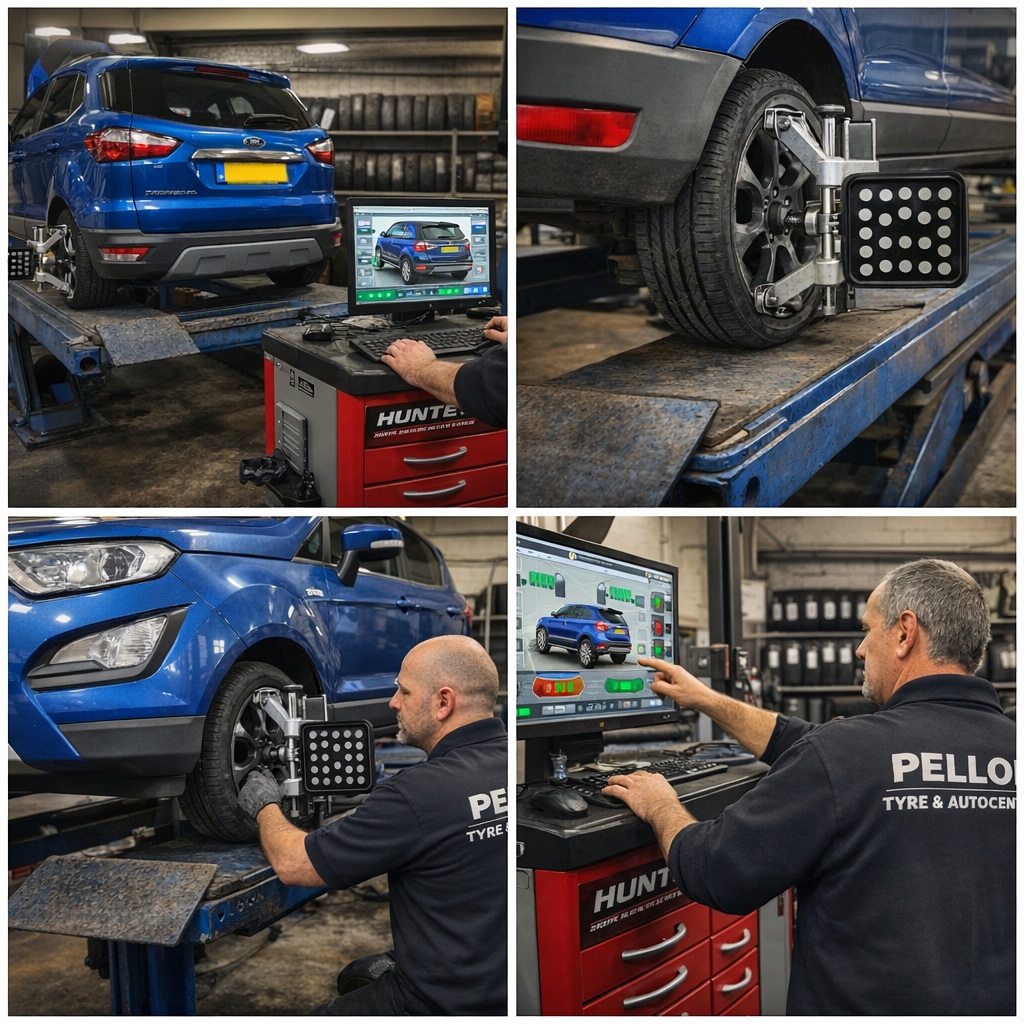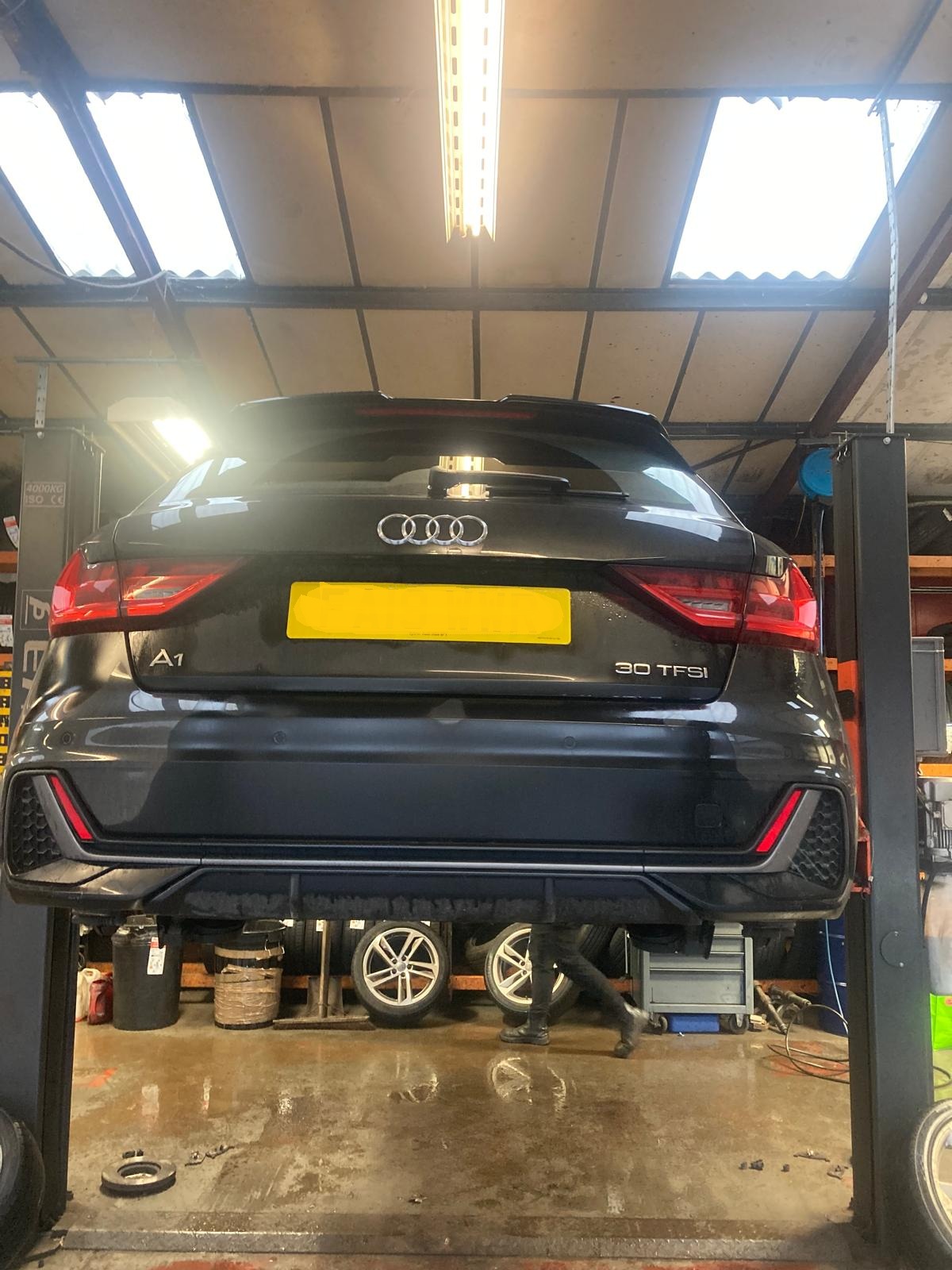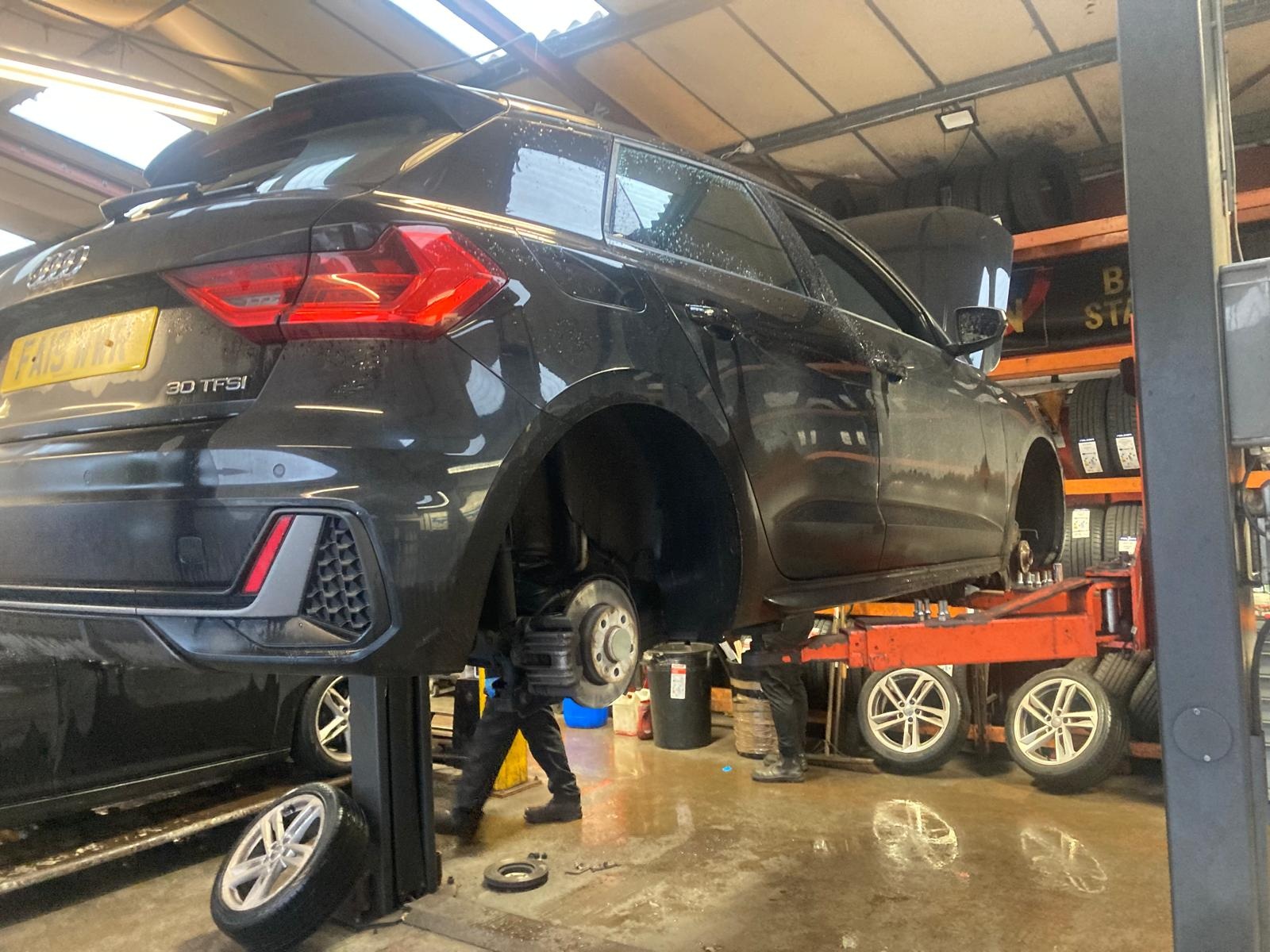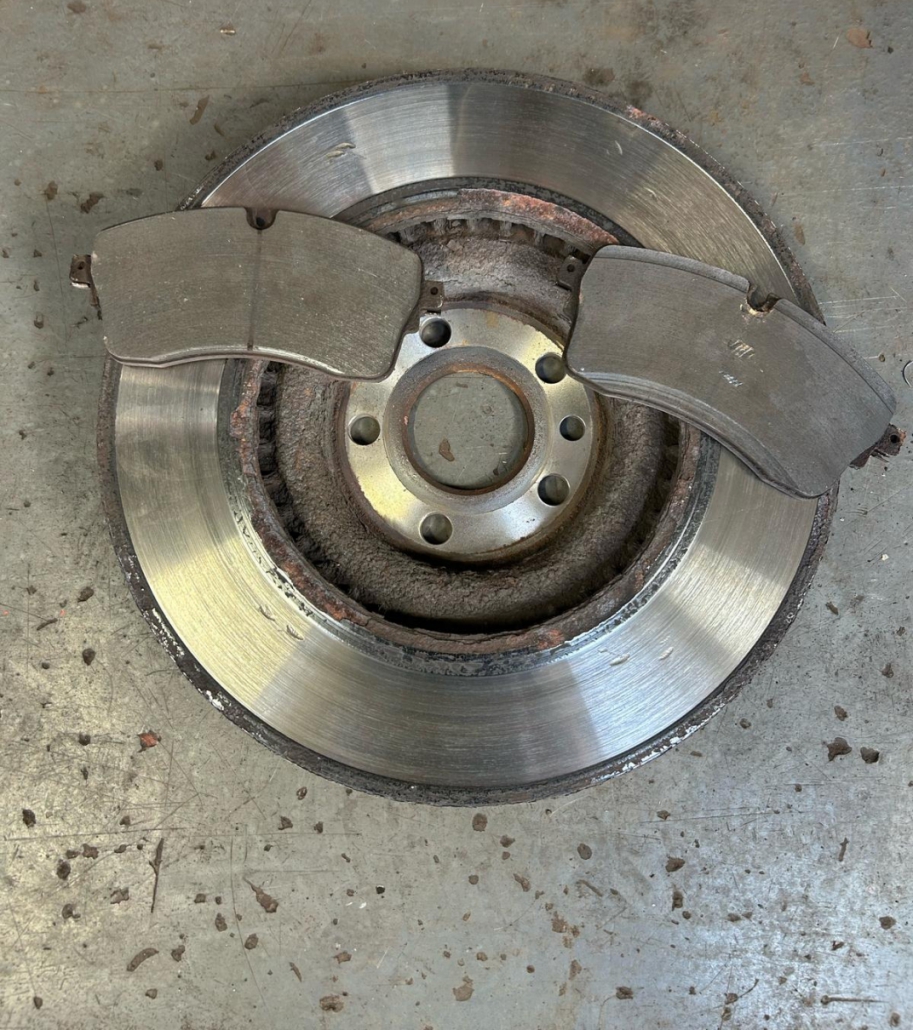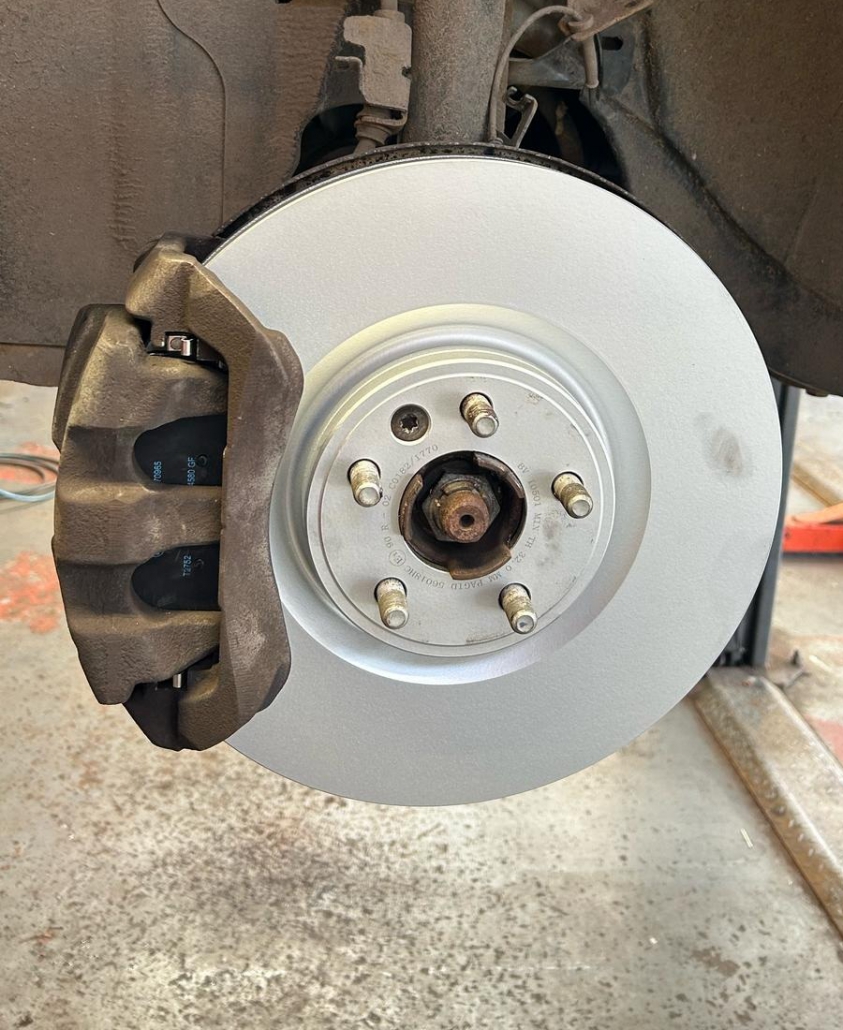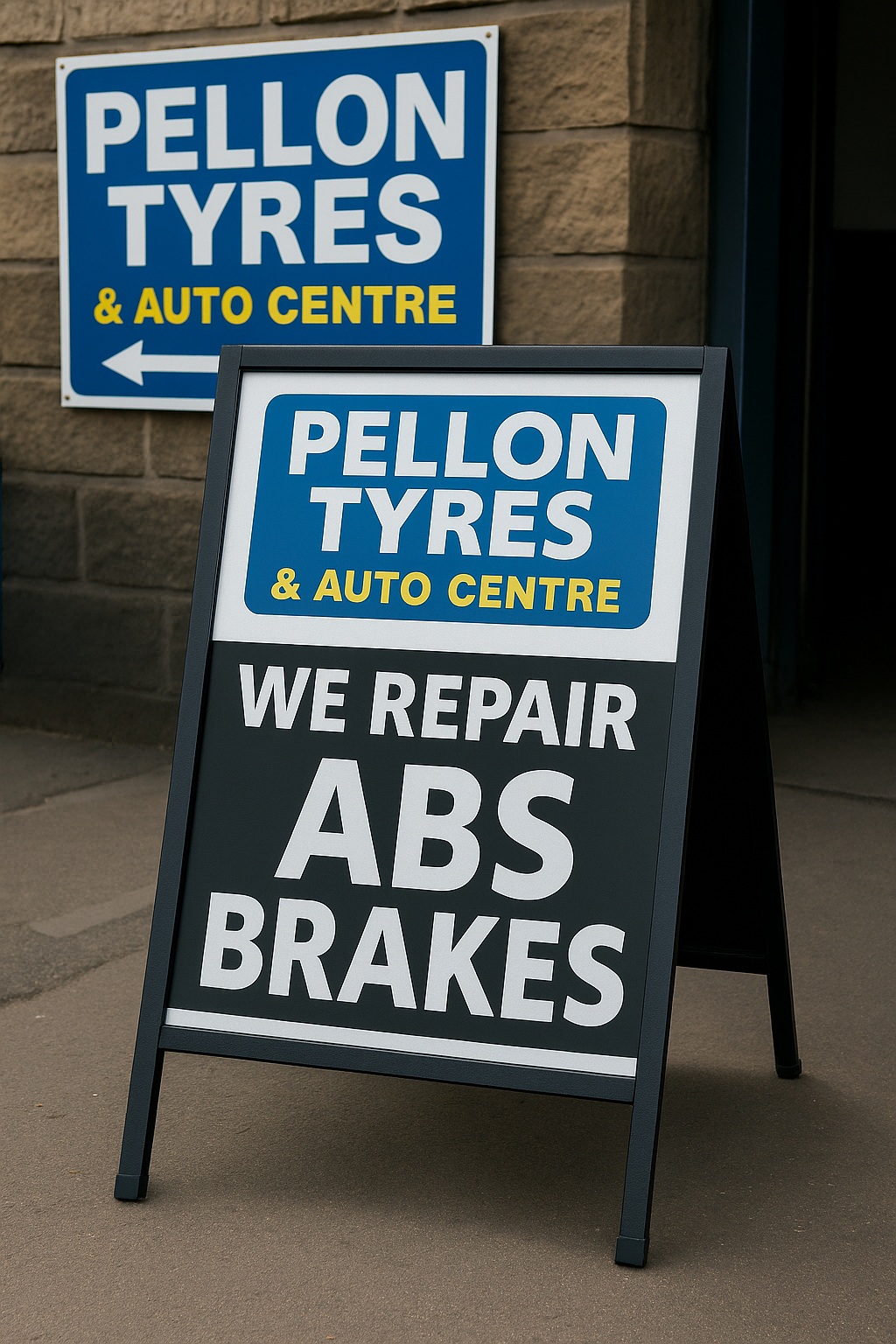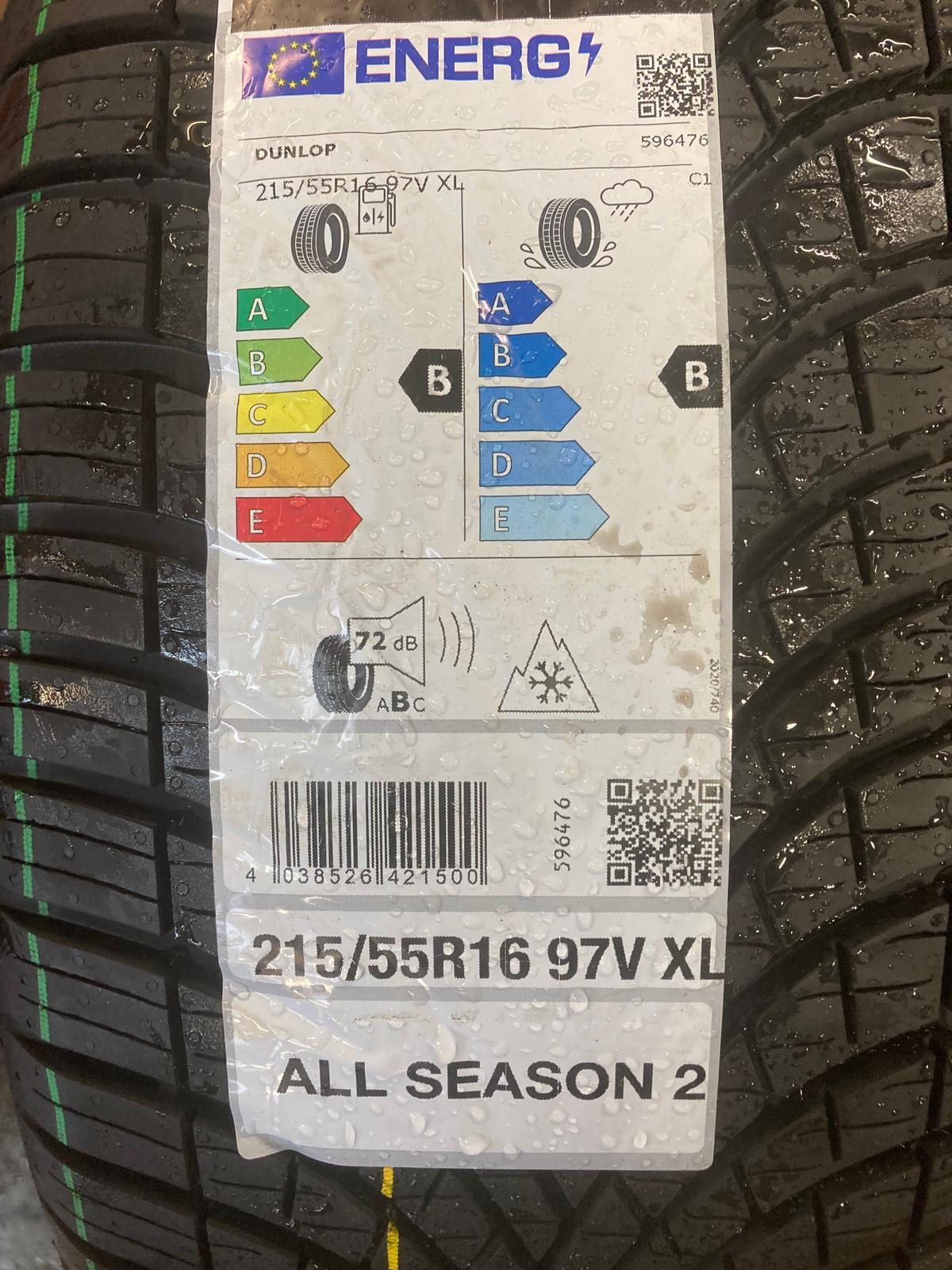Michelin Starred Restaurants
Michelin-starred restaurants

Sadly, in March 2024, my dear wife Michelle passed away after suffering two years of MND.
restaurants
I found it fascinating. Hence, the whole thing started. From the desire to help early motorists secure a good place to eat on their travels.
Today’s sophisticated way that Michelin award recognition to the best eating places all over the world.
I got it into my head that I must visit such a place to see what the difference is. My wife, Michelle, and I make sure that we go out at least once a week together, preferably on our own. I must admit that I prefer good Italian food, but now, later in life, I can take in an Indian meal. Eating out is a good time to reflect on the week gone by and talk about our garage business because we have a large, grown-up family. It is a real time to have a bit of a one-on-one conversation together.
However, back to the Michelin star? Michelin-starred restaurants
Michelle’s birthday is on the 17th of December. It becomes increasingly difficult to buy something so close to Christmas. In recent years, I have treated her to a concert and a hotel stopover (which we both love doing). This year I thought about the Michelin star and looked up the Star Inn in a village near Helmsley, in North Yorkshire.
The Star is on the main street of a picturesque village called Harrome, about three miles from Helmsley. I looked it up online and discovered that the Star also does overnight accommodation. This also included a taster evening the first night, and because we decided to take the two-night deal, the second night included a choice from the a la carte menu.
We arrived on a cold, wet, misty December day? Michelin-starred restaurants
The rooms were all individually set out. Warmly, and were all decorated in a countryside style.
This was to be the first time that I had visited a Michelin-starred restaurant. I could not wait. Thus, the building itself dates back to the fourteenth century. As a result, and from the outside, it looks small with a beautiful thatched roof. The pub part of the star is like stepping back in time and is one of the best and most original pub’s I have ever visited.
I started to see that this is what every business should be run like? All the staff were very kind and helpful. The most important thing to me, though, was the staff’s knowledge about the food, the wine and their understanding of the business and its history.
Michelin Star- Michelin-starred restaurants
This is what dealing with customers and the public is all about. The Star had hundreds of small, thoughtful ideas to make the public’s stay a better experience.
This is what running any business (even a garage) is all about: little touches that are not expensive to implement but make a huge difference to the public’s experience when they visit your tyre shop or garage.
The food was out of this world: Michelin-starred restaurants
Of course, the wines we tasted were all part of the experience; I sort of thought they would be classy wines because that’s what a Michelin star is all about.
The thing I did not expect was the total business experience? You could compare this with your business experience and procedures to improve the way that we treat our garage customers and add those little extra touches that make a world of difference, that can also give you a better bottom line.

I must congratulate the Star Inn for opening my eyes. Michelin-starred restaurants
Especially to the way that a business should be run. Especially a company that deals with the public. So we all can add those little touches that make a difference.
Hence, to the visitor experience. I like to think that I run my garage and tyre business in a similar fashion. But it gave me a whole new enthusiasm and insight. For this reason, we want to make better profit margins. By not thinking cheap all the time.
I would like to end by also thanking Michelin for introducing me to the Star Inn, Michelin-starred restaurants; we have decided to make a visit there an annual pilgrimage near my wife’s birthday. I would recommend any business owner visit and see how a company that deals with the public should be run.
- Bad Weather Car Tips
- Pyrowave Announces Michelin Investment
- Nissan Juke Tyre Wear Problem
- Ford Focus TPMS Warning Light
- Audi TT Hand-Brake failure
More Information…http://www.thestaratharome.co.uk/
